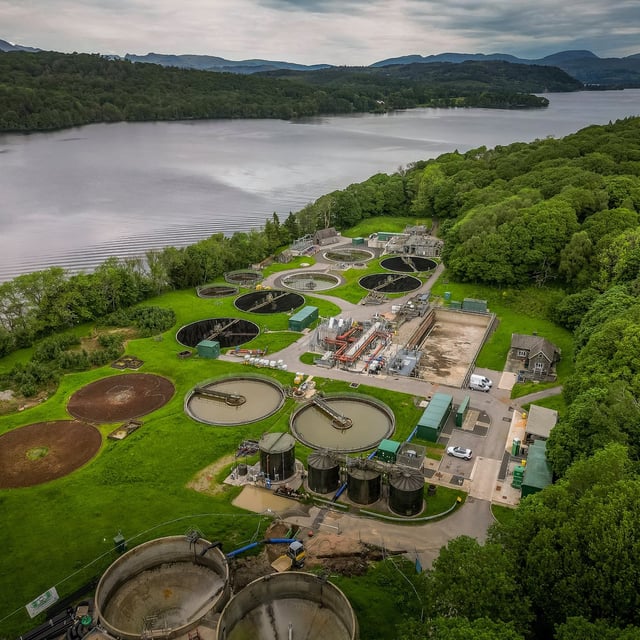Overview
- Coordinated by the Freshwater Biological Association with Lancaster University, 350 volunteers collected more than 1,000 samples at over 100 shoreline sites across 10 sessions from June 2022 to November 2024.
- E. coli and intestinal enterococci levels peaked in summer, with Bowness Bay showing maximum median concentrations five and seven times the lakewide figures, and additional hotspots at Waterhead and near the River Leven outflow.
- All shoreline areas were classed as “moderate” for phosphorus, exceeding the threshold for “good” ecological status and heightening risks such as algal blooms.
- Pollution sources identified include treated and untreated sewage discharges, agricultural runoff and private septic tanks.
- The findings contrast with the Environment Agency’s four-site summer checks that rated Windermere “excellent” last year, prompting calls for year-round monitoring, more bathing sites and targeted fixes, as the environment secretary pledges to clean up Windermere and United Utilities commits to improvements.


